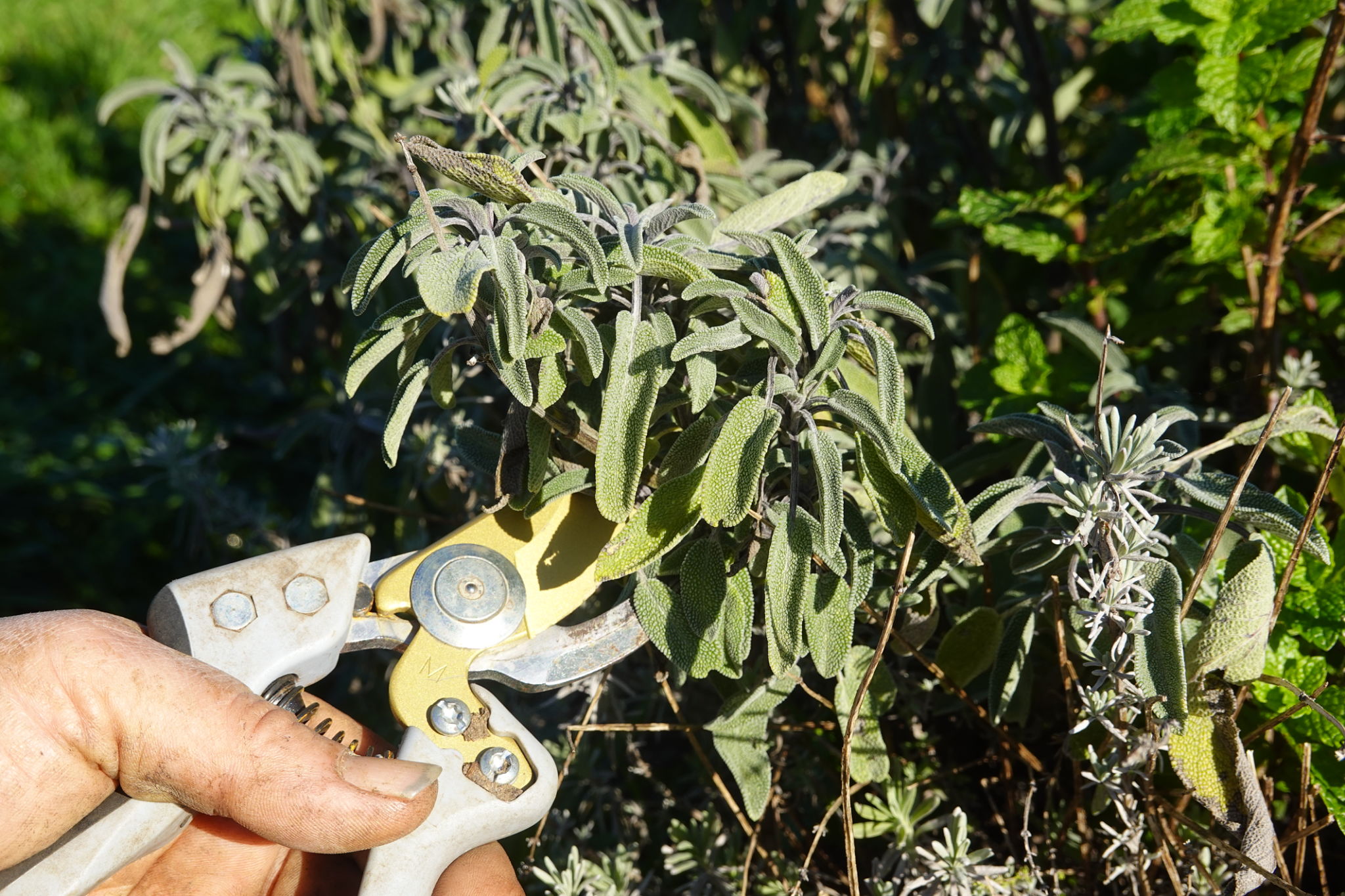Seasonal Landscaping Tips: Preparing Your Commercial Gardens for Spring
A Fresh Start: Assessing Your Garden
As spring approaches, it's time to give your commercial gardens a fresh start. Begin by assessing the overall health of your landscape. Walk around the property, taking note of any areas that may need special attention or repairs. Look for signs of winter damage, such as broken branches, compacted soil, or damaged hardscape features. Identifying these issues early will help you create a comprehensive plan for rejuvenation.

Soil Preparation: The Foundation of Growth
Healthy soil is the foundation of a thriving garden. Start by testing your soil to determine its pH levels and nutrient content. This information will guide you in selecting the right fertilizers and soil amendments, ensuring your plants receive the nutrients they need. Consider aerating the soil to improve drainage and root penetration, which is especially important if your garden experienced heavy foot traffic during winter.
Once you've tested and amended the soil, it's time to focus on mulching. Mulch helps retain moisture, suppress weeds, and regulate soil temperature. Apply a fresh layer of mulch around trees, shrubs, and flower beds to give your garden a polished look and promote healthy growth.
Pruning and Trimming for Healthy Plants
Pruning is essential for maintaining the health and aesthetics of your commercial garden. Remove any dead or damaged branches to prevent disease spread and encourage new growth. Pay special attention to trees and shrubs that may have been overgrown or damaged by winter storms. Proper pruning not only enhances the appearance of your landscape but also promotes better air circulation and sunlight exposure.

Planting New Additions
Spring is the perfect time to introduce new plants to your garden. Choose species that are well-suited to your local climate and soil conditions. Consider planting a mix of perennial and annual flowers to ensure continuous blooms throughout the season. Incorporate native plants that are adapted to the local environment, as they require less maintenance and support local wildlife.
When planting, be mindful of spacing and sunlight requirements. Ensure that new additions have enough space to grow without competing for resources. Properly space plants to allow for optimal air circulation, which helps prevent diseases.
Irrigation: Ensuring Consistent Hydration
A well-designed irrigation system is crucial for the success of any commercial garden. Evaluate your current system to ensure it's functioning efficiently. Check for leaks or clogs in drip lines and sprinkler heads, and make necessary repairs or adjustments. Consider installing smart irrigation controllers that adjust watering schedules based on weather conditions, ensuring your plants receive the right amount of water.

Pest Management: Protecting Your Investment
Spring is also the time when pests become more active. Implement an integrated pest management strategy to protect your garden from unwanted invaders. Regularly inspect plants for signs of pest activity, such as chewed leaves or discolored foliage. Use environmentally friendly pest control methods, such as introducing beneficial insects or using organic pesticides, to minimize harm to your plants and the surrounding ecosystem.
By staying vigilant and addressing pest issues early, you can prevent significant damage to your landscape and ensure a healthy growing season.
